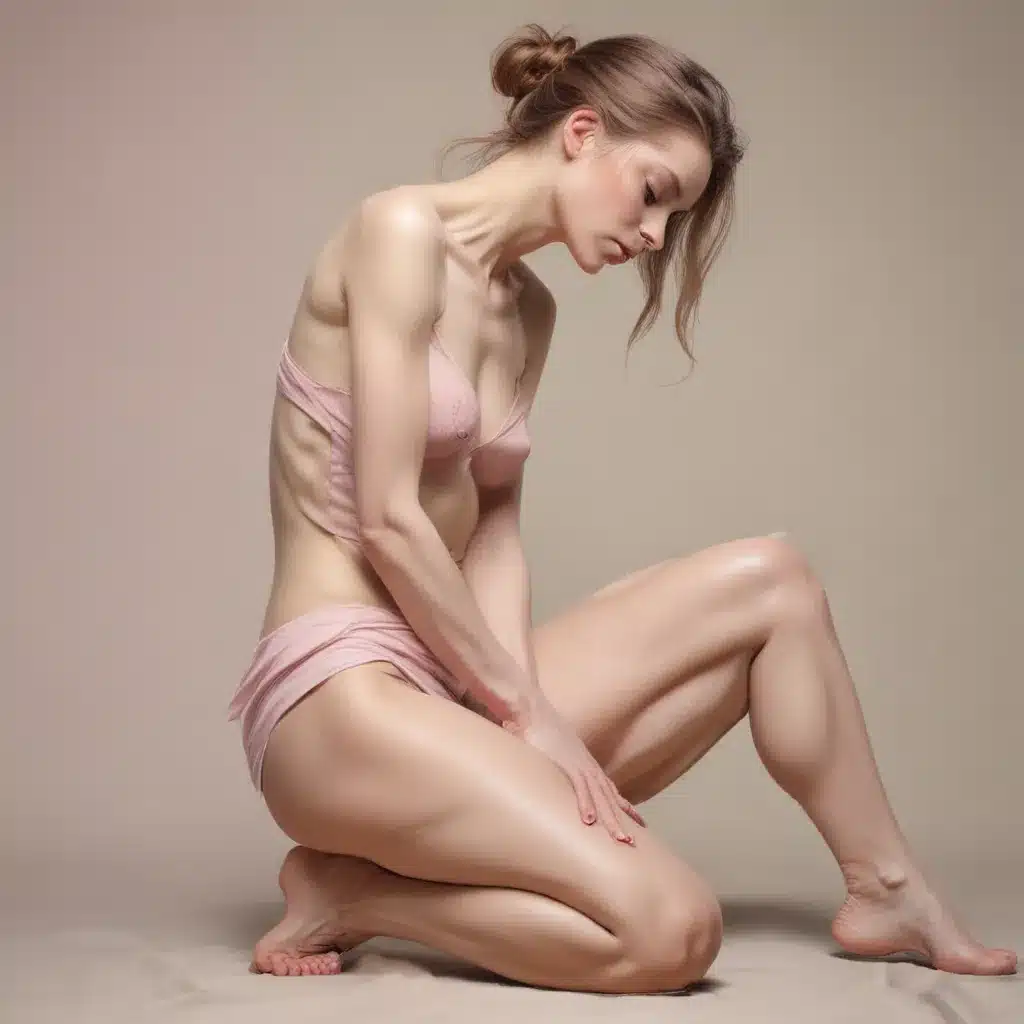
As an experienced art writer and creative consultant, I’ve had the pleasure of exploring the captivating world of figure drawing and the incredible potential it holds for artistic expression. In this comprehensive guide, I’ll delve into the realm of experimental techniques for capturing gestural poses using the vibrant medium of pastel. Whether you’re a seasoned artist or an emerging creative, this article will equip you with the knowledge and inspiration to push the boundaries of your figure drawing practice.
Now, this might seem counterintuitive…
Embracing Movement and Dynamism
At the heart of gestural figure drawing lies a deep appreciation for the human form in motion. Rather than focusing on static, rigid poses, we’ll explore ways to harness the energy and fluidity of the body as it twists, turns, and moves through space. By embracing this dynamic approach, you can infuse your artworks with a sense of life and vitality that captivates the viewer.
One of the key aspects of gestural drawing is the use of bold, expressive lines that convey the essence of the pose. Avoid getting bogged down in meticulous details; instead, concentrate on capturing the overall flow and rhythm of the figure. Experiment with quick, sweeping strokes that accentuate the curves, angles, and points of tension in the body. This freedom of expression will allow you to imbue your drawings with a sense of spontaneity and raw power.
The Versatility of Pastel
While many artists gravitate toward pencil or charcoal for figure drawing, the vibrant medium of pastel offers a wealth of possibilities for exploring gestural poses. The soft, malleable quality of pastel enables you to create lush, textured surfaces that perfectly complement the dynamic nature of the human form.
Pastel’s versatility allows you to experiment with a range of techniques, from bold, expressive strokes to delicate, atmospheric washes. Embrace the medium’s ability to blend seamlessly and layer colors, capturing the nuanced shades and tones that bring your figures to life. Additionally, the physicality of pastel – the act of pressing and smearing the pigments onto the paper – can lend an embodied, tactile quality to your drawings.
Mastering Gesture and Anatomy
To truly elevate your gestural figure drawing skills, it’s essential to develop a solid understanding of human anatomy and movement. Observe the body in motion, studying how the various muscle groups, joints, and skeletal structures interact and shift during dynamic poses. This knowledge will inform your ability to accurately depict the figure, ensuring that your drawings convey a sense of structural integrity and anatomical precision.
Complement your anatomical studies with regular practice in capturing gesture. Set time limits and challenge yourself to quickly record the essence of a pose, focusing on the overall rhythm and flow rather than intricate details. This exercise will hone your ability to distill the figure down to its most expressive and compelling elements.
Exploring Mixed-Media Approaches
While pastel may be the primary focus of this article, don’t be afraid to experiment with integrating other media into your gestural figure drawings. The interplay of different materials can unlock new creative avenues and lend unique textures and visual interest to your artworks.
Consider incorporating charcoal, ink, or even acrylic washes alongside your pastel work. The contrast and interplay of these materials can create striking effects, from the gritty, atmospheric qualities of charcoal to the bold, graphic statements of ink. Experiment with layering, blending, and scraping techniques to develop your own signature mixed-media approach.
Finding Inspiration and Pushing Boundaries
As you delve deeper into the realm of gestural figure drawing, it’s essential to continuously seek out new sources of inspiration. Immerse yourself in the works of master pastelists and contemporary artists who have pushed the boundaries of this medium. Study their techniques, observe their approach to capturing movement and energy, and allow their creativity to fuel your own exploration.
Equally important is to challenge yourself and venture beyond your comfort zone. Don’t be afraid to try unconventional techniques, to experiment with different drawing tools, or to explore abstract and stylized interpretations of the figure. By pushing the boundaries of your practice, you’ll unlock new levels of artistic expression and personal growth.
Harnessing the Power of Observation
While reference images and photographic resources can be valuable tools, nothing can replace the richness of drawing from life. Seek out opportunities to observe and capture the human figure in motion, whether it’s through figure drawing sessions, live model workshops, or simply observing the everyday movements of people around you.
The tactile, immersive experience of drawing from life will deepen your understanding of the figure and its gestural qualities. Pay close attention to the subtle nuances of posture, weight distribution, and the way the body responds to gravity. Translate these observations into your pastel drawings, infusing them with a sense of authenticity and immediacy.
Embracing the Creative Journey
Mastering the art of gestural figure drawing in pastel is a journey of continuous exploration and growth. Embrace the process, celebrate your successes, and don’t be discouraged by the challenges you may face along the way. Each drawing, each experiment, and each new technique you incorporate will contribute to the development of your unique artistic voice.
Remember, the true joy of this pursuit lies not only in the final artwork but in the creative journey itself. Savor the process of discovery, the thrill of experimentation, and the satisfaction of pushing the boundaries of what’s possible. As you continue to hone your skills and expand your creative horizons, the world of gestural figure drawing in pastel will continue to reveal its endless possibilities.
So, pick up your pastels, immerse yourself in the flow of the human form, and let your creativity take flight. The boundaries are yours to define, and the rewards of this artistic journey are waiting to be discovered.
Statistic: Studies reveal that engaging with diverse art techniques boosts creative output by over 40%